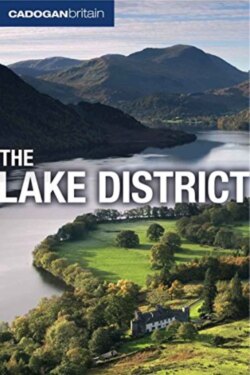Читать книгу Britain: The Lake District - Vivienne Crow - Страница 34
На сайте Литреса книга снята с продажи.
Geology and Bedrock
ОглавлениеBroadly speaking, the Lake District is made up of three bands of rock running roughly southwest to northeast and sitting on top of a ‘raft’ of low-density granite. The three bands are the Skiddaw slates, the Borrowdale volcanics and the Silurian slates of the Windermere Group.
Laid down by sedimentary processes more than 450 million years ago, the Skiddaw Slates in the north are the oldest rocks. They started life as a mush of black mud on the sea bed and were then hardened and compressed as the North American and European tectonic plates converged. The resulting landscape tends to be one of steep, smooth, rounded mountains such as those found in the Northern Fells, although there are also some more rugged areas – most visible on Blencathra’s southern arêtes.
The rough, angular, craggy landscape of the central fells is attributed to the Borrowdale volcanic series, made up of lava and ash that has been hardened. A volcanic episode occurred about 450 million years ago as the plate bearing the Iapetus Ocean moved under the plate on which England would one day form. Today, these rocks form the heart of the Lake District – extending from Wasdale in the west to High Street and Haweswater in the east, taking in the mighty Scafell and Helvellyn ranges along the way.
Further south, the smaller fells are made up of Silurian slates, not dissimilar to the rocks of the northern Lakes, but much younger. These slates, siltstones and sandstones were formed in the sea about 420 million years ago. Less resistant than the Borrowdale volcanics, they form a belt of foothills stretching from the Duddon estuary to Kendal.
The Lake District’s underlying granite can also occasionally be seen at the surface – where it protrudes in Eskdale and Ennerdale, on Skiddaw and at Shap.
